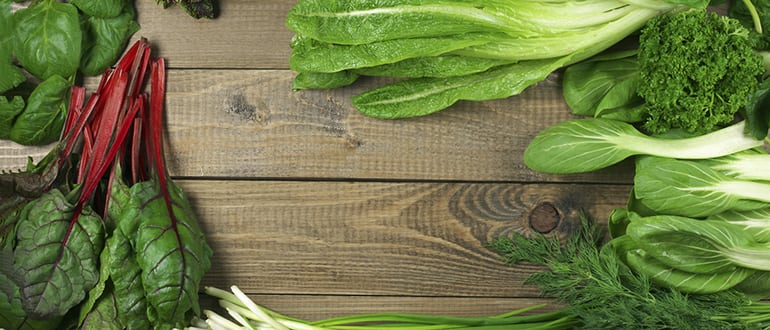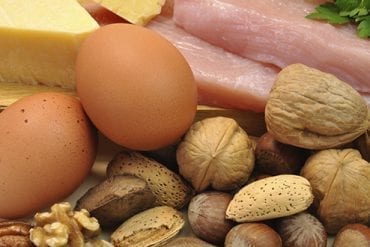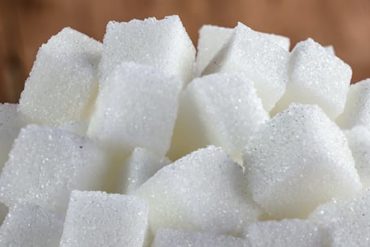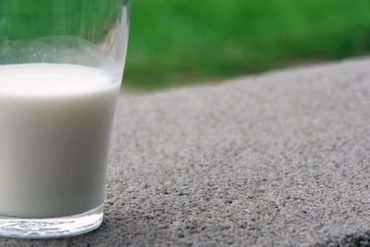The human body is a complex structure of biological mechanisms that require various nutritional components to function. These nutrients are classified as macronutrients, (proteins, carbohydrates, fats, fibre and water), micronutrients (vitamins, minerals and trace elements) and phytochemicals.
Vitamins
Vitamins are essential nutrients that are needed to ensure metabolic reactions are carried out properly. When the body lacks vitamins, reactions can malfunction which eventually leads to various health issues. Most of these important vitamins can’t be made in the body, meaning they must be consumed in your diet. There are 13 vitamins, which fall into two separate groups:
- Fat-soluble vitamins: A, D, E and K
- Water-soluble vitamins: B6, B12, C and the B vitamins (folate, thiamine, riboflavin, niacin, pantothenic acid and biotin)
Fat-soluble vitamins are needed for many bodily functions, including correct vision and bone growth, the absorption of calcium, use as antioxidants and the development of clotting factors. Fat-soluble vitamins are found in brightly coloured fruits and vegetables (such as carrots, broccoli, kiwi, spinach and cantaloupe), fish (such as canned tuna, salmon and sardines), sunflower seeds/oil, milk and nuts.
Water-soluble vitamins complete a myriad of different functions, including the metabolising of carbohydrates and protein, use as an antioxidant, and being needed for neuro-transmitter function. Water-soluble vitamins are found in yeast, liver, dairy, whole grain and citrus fruits.
Because different vitamins are required in different amounts, it can be difficult knowing which vitamins are lacking in your diet. For this reason it’s much easier to consume an array of vitamin-dense foods.
Dietary elements and trace elements
Dietary elements are metallic and non-metallic elements that are needed in the body. Those needed in minute quantities are known as trace elements. Dietary elements have various functions – some have structural jobs (phosphate, calcium and magnesium) whereas others act as antioxidants (selenium, manganese and zinc.)
Mineral deficiencies can be caused by poor diets, usually those high in junk food and low in fruits and vegetables. Diets comprised of high-fibre, fruit, nuts, vegetables, lean meats, oily fish and whole grains contain all of the elements needed for healthy functioning. Mineral supplements are also used to treat specific deficiencies.





